A Rifleman's Optics
Steiner Predator 4s 4-16x 44mm
column By: Patrick Meitin | May, 25
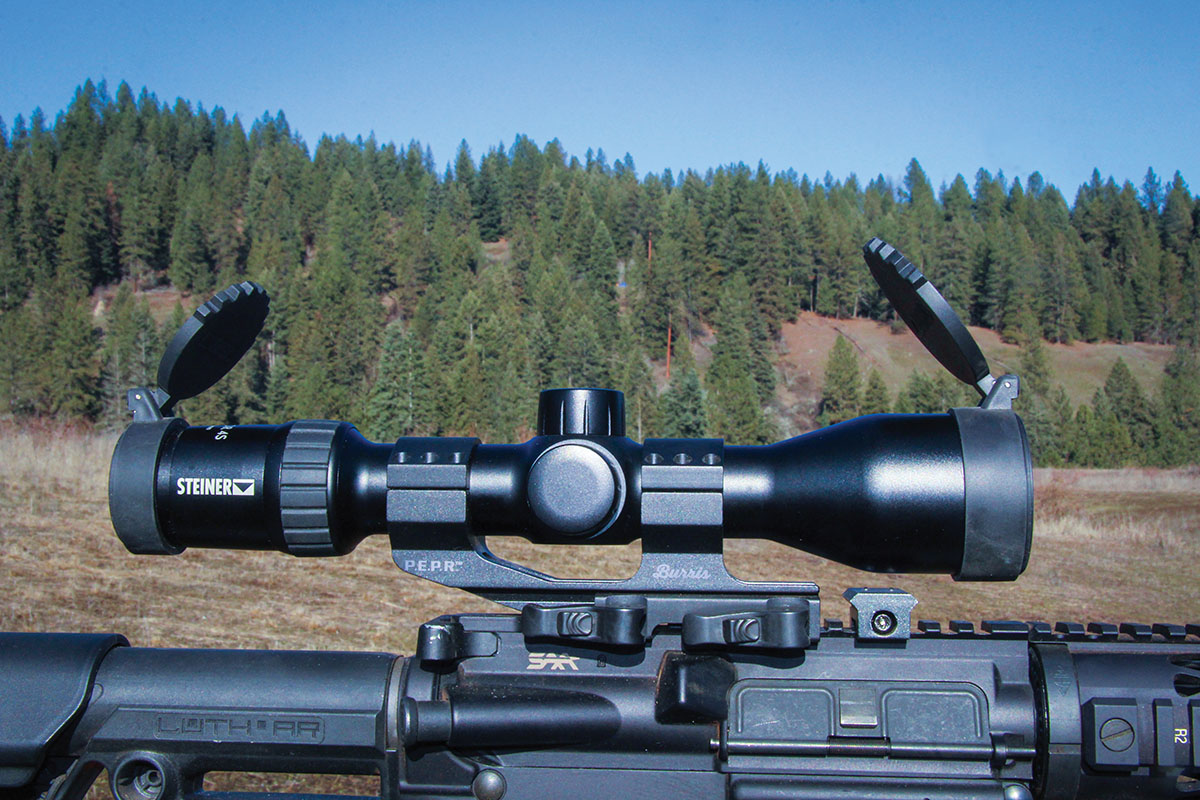
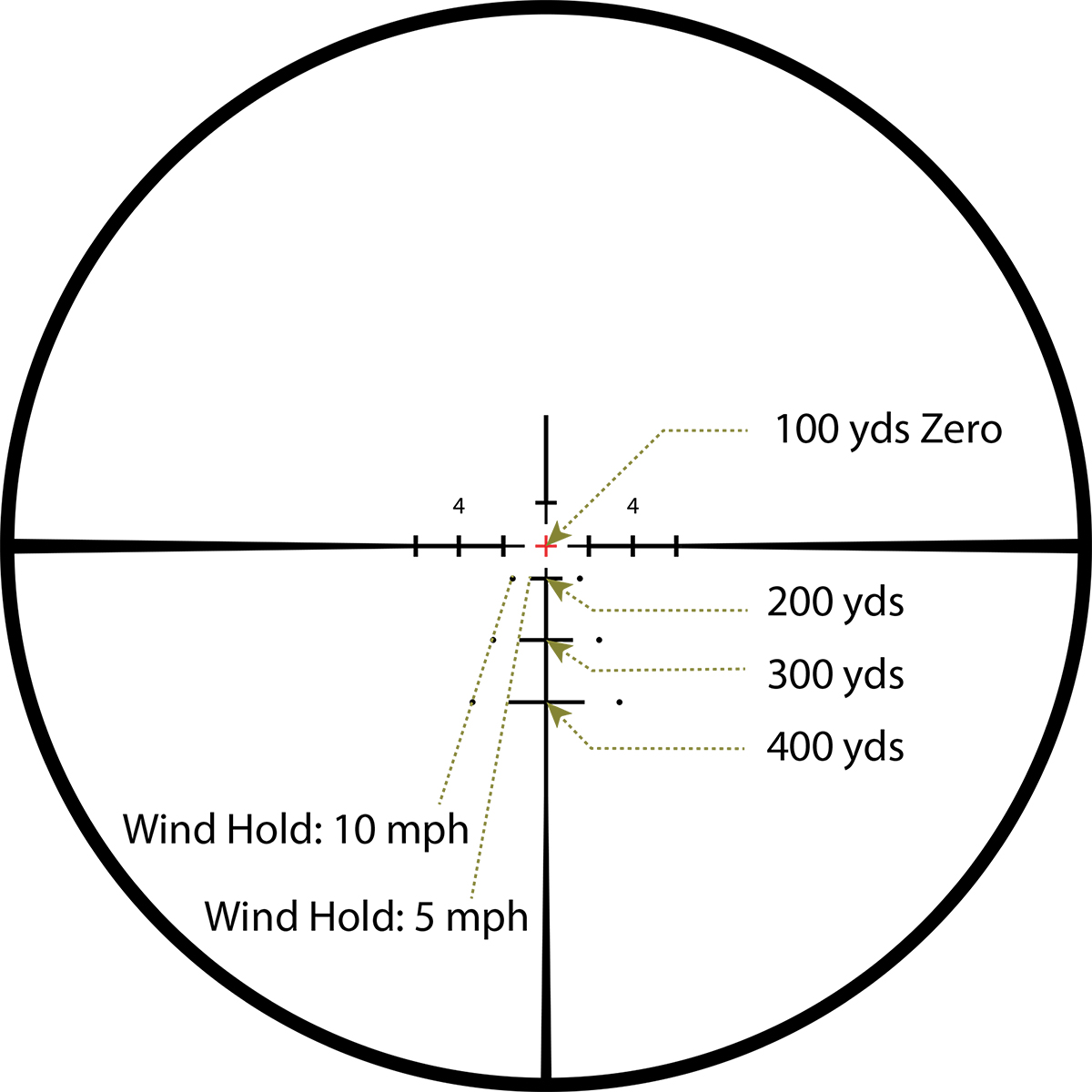
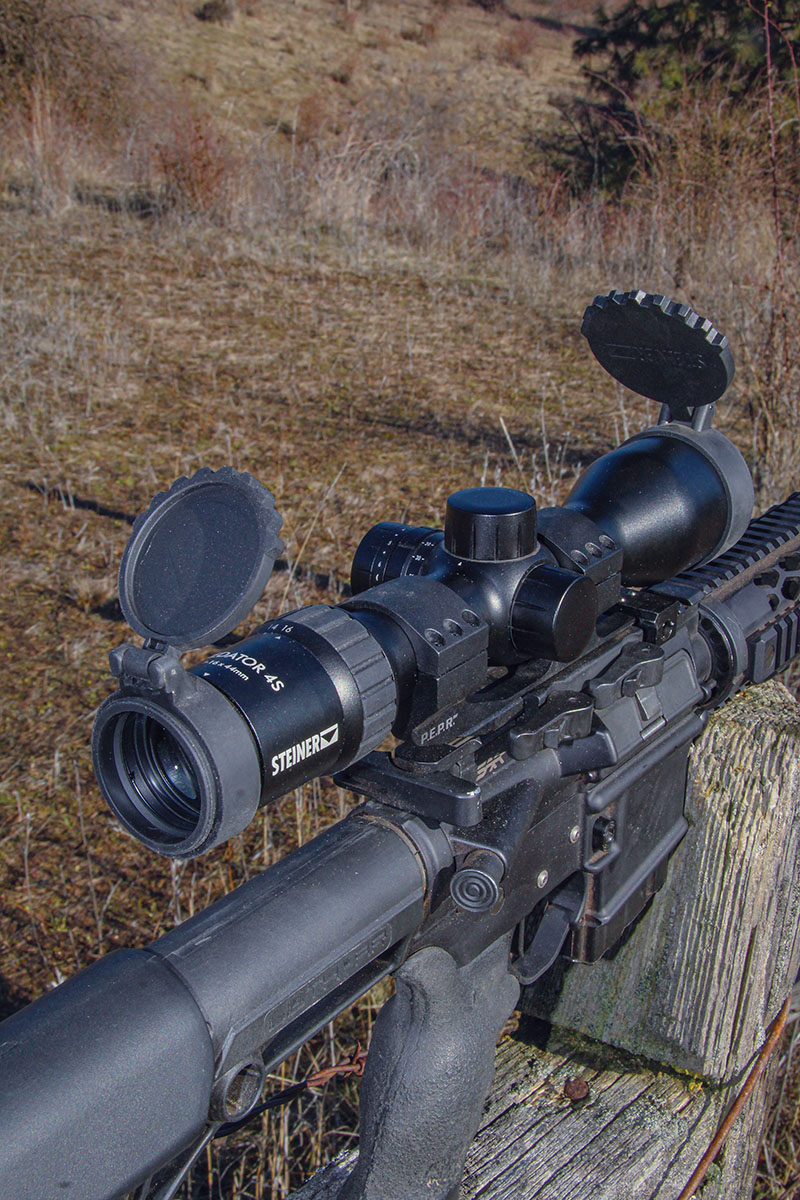
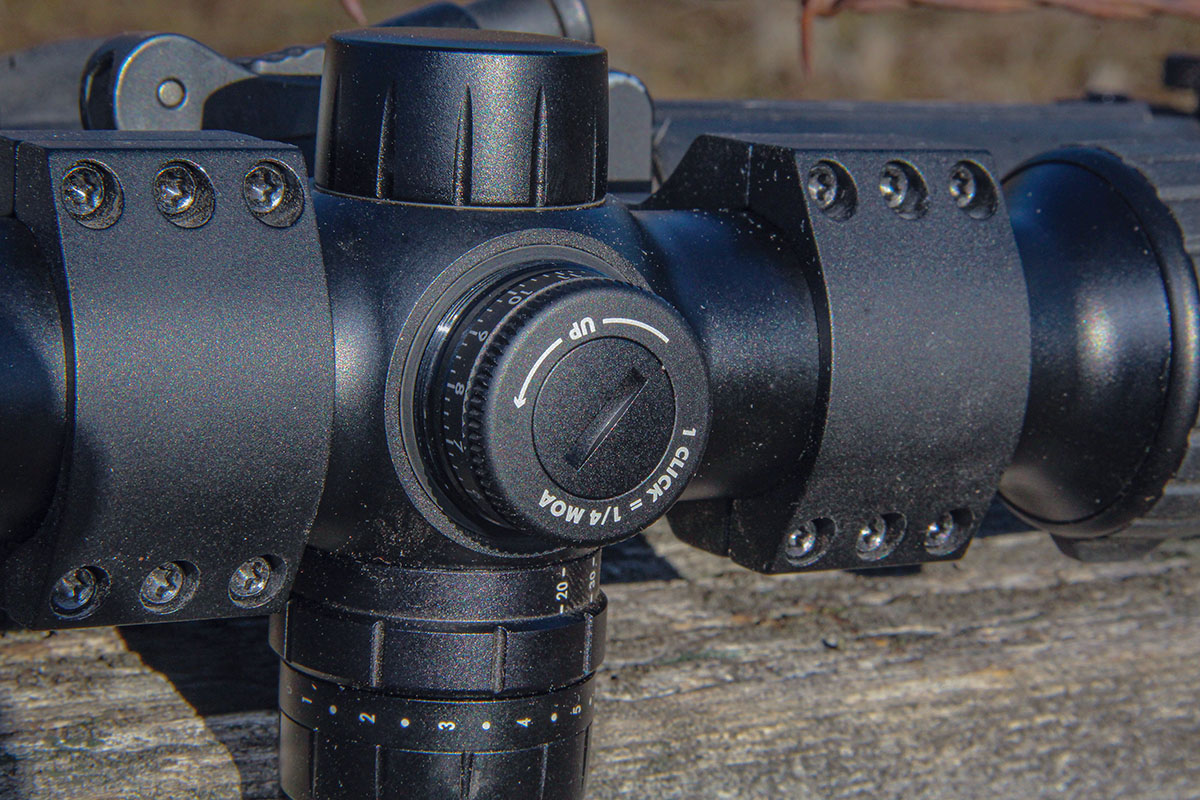
Steiner grinds and polishes their own premium lenses and BaK4 prisms, then multi-coats all air-to-glass surfaces with proprietary coatings designed to produce exceptional brightness and clarity. Steiner uses a proprietary N2 Injection System to pressurize optics with nitrogen and trace helium. The helium is added to help detect the smallest leaks during hyperbaric quality testing. This ensures every Steiner optic shipped is fog proof from -13 to +145 degrees Fahrenheit and remains waterproof to 3 feet.
The new Steiner Predator 4s 4-16x 44mm riflescope under discussion here was designed for hunters and shooters seeking the most lightweight and compact design possible in this magnification range. Predator 4 riflescopes are available in 2.5-10x 42mm, 4-16x 50mm and 6-24x 50mm versions, and this newer Predator 4s 4-16x 44mm model has a smaller objective lens and illumination system.
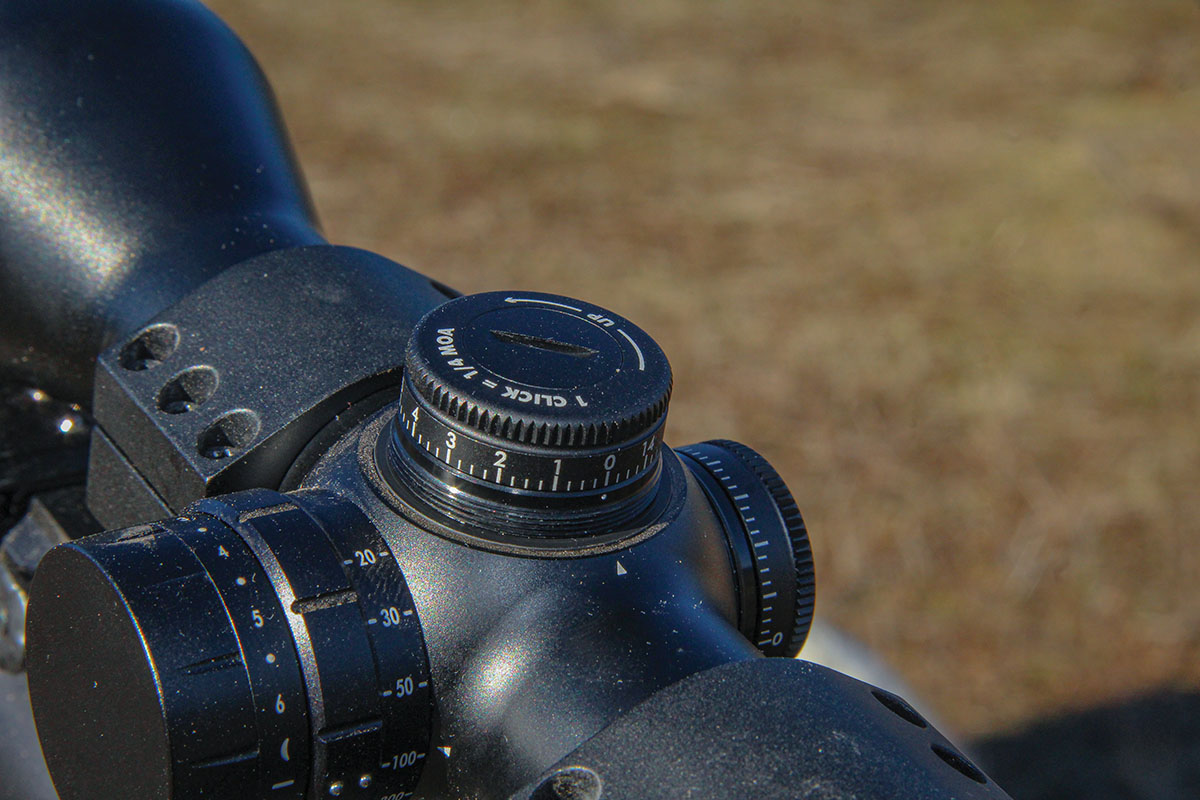
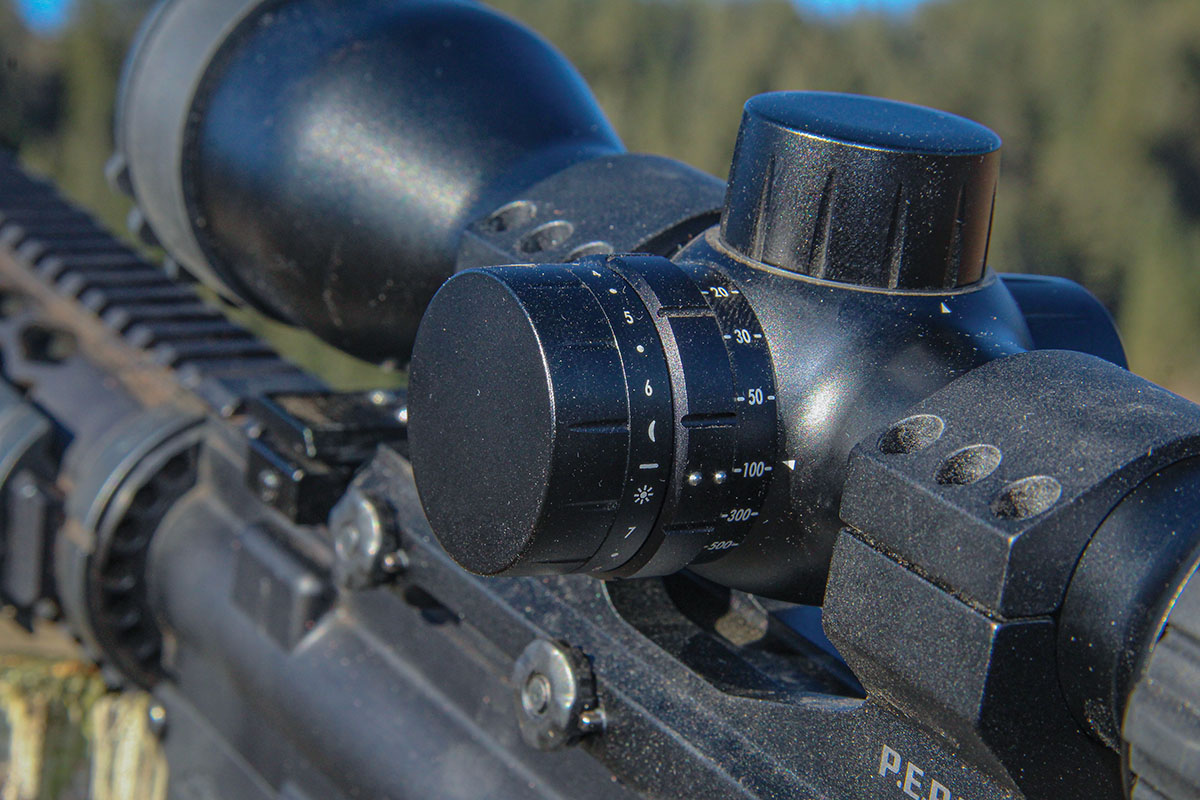
Mounted atop an average Picatinny rail with the medium Steiner rings provided, the objective bell contacted the front of the rail when pulled back to create a clean edge-to-edge view at its highest magnification. On all the (short-action) rifles I have on hand that are wearing two-piece Weaver-style bases, the scope would not accommodate the span provided. That means extra-high rings and a Picatinny rail or an AR-style cantilever mount, which on many rifles (save ARs) requires an adjustable comb riser or comb booster. Something to keep in mind if considering this scope on your favorite bolt-action rifle, though I see it as an ideal AR optic.
For its compact and lightweight qualities, the Predator 4s doesn’t sacrifice on optical quality or introduce limited function. The field of view is approximately 12 to 3.5 yards at 100 yards. Steiner’s German glass provides exit pupils from .43-inch (4 power) to .12-inch (16 power). This scope also provides 3.35 inches of eye relief to protect shooters from aggressive recoil. The view through the Predator 4s is edge-to-edge sharp and impressively bright and clear, with the type of high-contrast quality that makes picking up your target easier. Predator Diamond coating is a big part of this. Low-light transmission is excellent, as I could easily pick out backyard deer through the optic while struggling to find them with the naked eye.

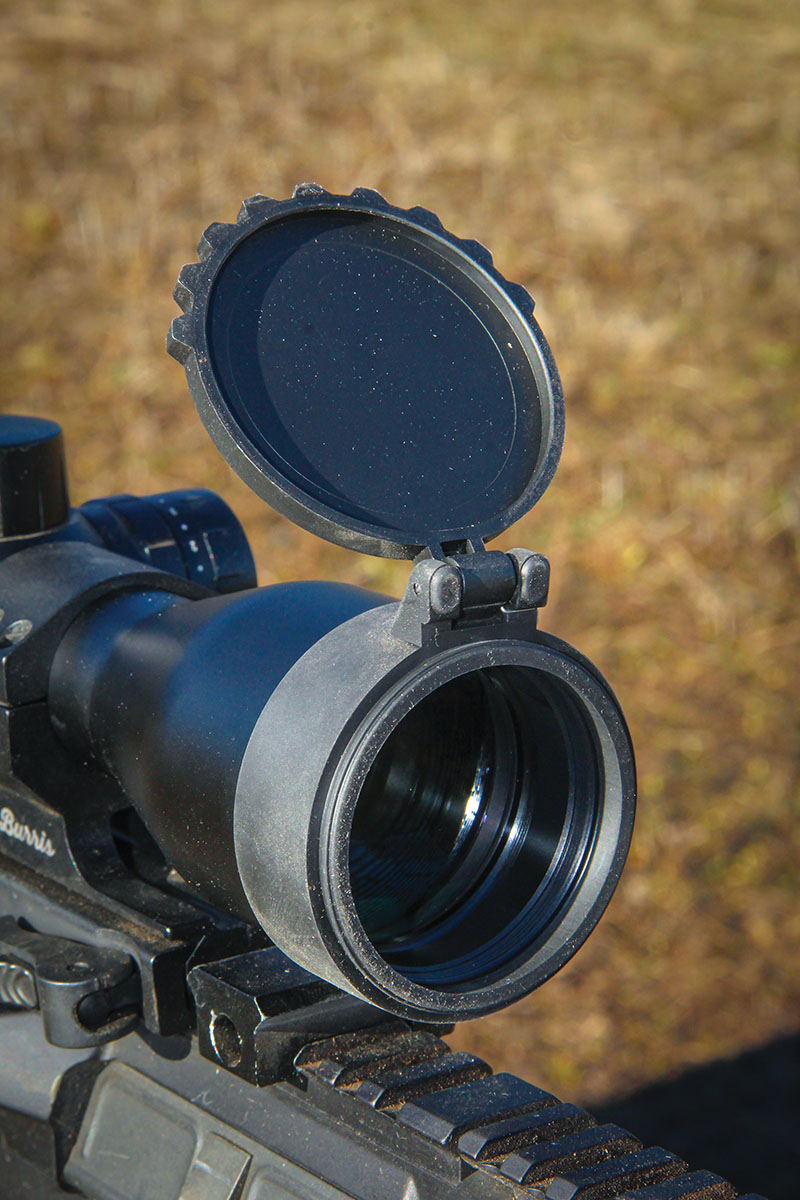
Controls are pretty straightforward. The rubberized diopter ring is marked + and – (+2 to -3) and correlates to a small white wedge on the scope body. The magnification ring includes a rubberized insert with ribs and a raised ridge near the etched 8. The magnification values moving with the ring are indexed by a static white wedge on the tube. The milled aluminum side parallax (20 yards to infinity) knob is sandwiched inside the illumination control. It includes engraved flutes and tiny twin steel bearings marking the 100-yard mark. It is marked to 500 yards. The ribbed illumination wheel includes 11 brightness settings, five daytime and six nighttime, with off positions found between each setting to save battery life while keeping a preferred setting instantly accessible.
The windage and elevation turrets are covered with aluminum caps with rubber gaskets beneath the rims. Corrections are applied in ¼-MOA clicks, and 30 MOA of elevation range is provided. Turret movements are positive, proving both tactile and audible. Like other controls, the turrets are neither too stiff nor too loose. Lenses are covered by Steiner spring-loaded flip-up caps, each including sawtooth-like bottom edges for easy deployment. These caps fit tightly, so they should not be prone to loss.
The Predator 4s 4-16x 44mm promises versatility for rifles that can accommodate extra high rings or a cantilever mount. The fact it was tailored to be compatible with thermal imaging clip-on devices makes it more appealing as a highly versatile AR optic. The Predator 4s brings top-notch optics to a super-compact and easy-toting package with a $1,273.99 retail price not typically found in German glass and backed by a Steiner Heritage warranty. Learn more by visiting steiner-optics.com.


